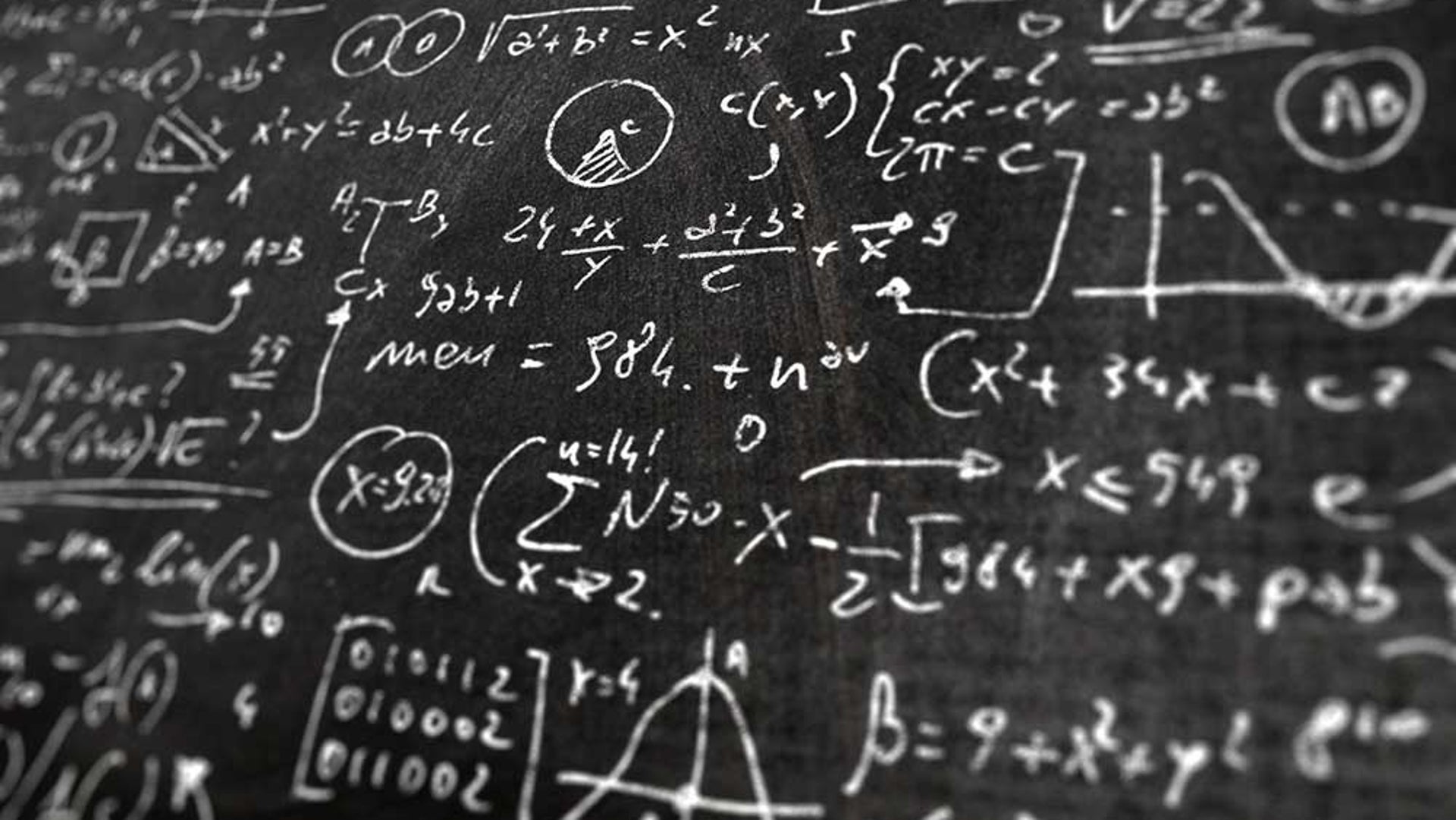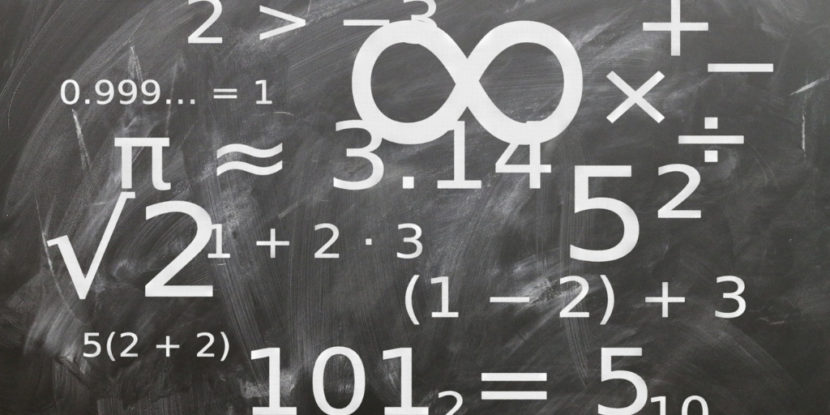The GMAT Quantitative Reasoning section tests a candidate’s ability to analyze and solve mathematical problems efficiently. Algebra plays a significant role in this section, particularly in equations, inequalities, and word problems. Mastering these concepts can significantly boost a test taker’s score. This article provides a structured breakdown of these topics with essential tips and strategies.
Equations

Chill!! The equations you need ain't that tough at all. Just follow this article.
Linear Equations
A linear equation is an equation in which the highest power of the variable is 1. The general form is: where and are constants. Solving a linear equation involves isolating the variable to one side.

Linear equations may also appear in fractions. Always aim to eliminate denominators first by multiplying both sides by the least common denominator (LCD).
Quadratic Equations
Quadratic equations take the form: 
They may have two real roots, one real root, or complex roots, depending on the discriminant .
.

Quadratic problems often show up in geometric or work/time settings, requiring both recognition and application of the formula.
Simultaneous Equations
Simultaneous equations involve solving for multiple variables from two or more equations.

Systems can also be non-linear or involve substitution into quadratic equations—always check for that variation.
Inequalities

An inequality is two numbers or expressions that are connected with an inequality symbol. The inequality symbols are

Solving Linear Inequalities
These follow the same rules as equations, with one key difference: multiplying or dividing by a negative number reverses the inequality sign.
Example:

Compound Inequalities

Absolute Value Inequalities
Break them into two parts:

Question:

Solution:

Word Problems
Word problems test your ability to convert real-world situations into equations.
Age Problems
Use variables to represent unknowns.

Work Problems

Distance/Speed/Time

Ratio & Proportion

Question:

Solution:

Question:

Solution:

